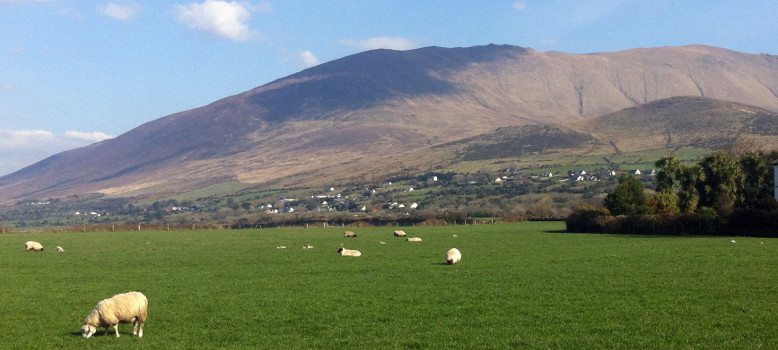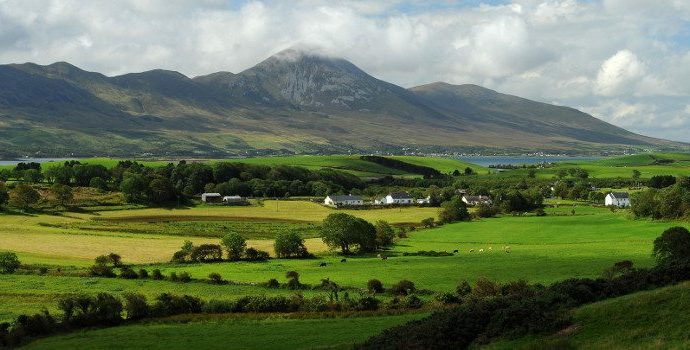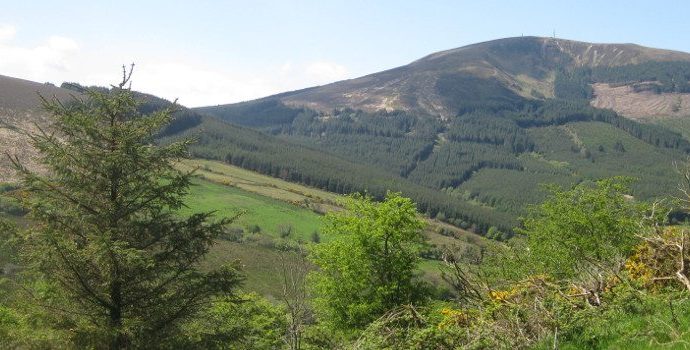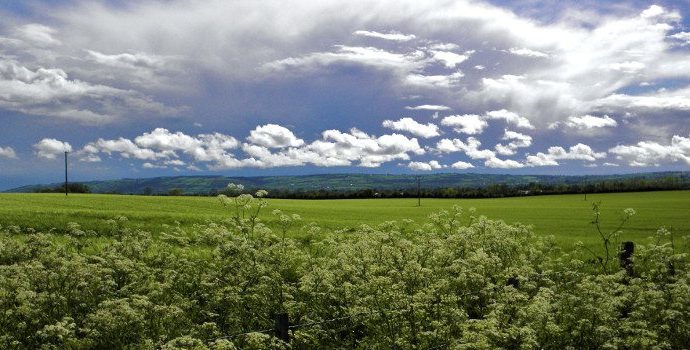Environment & Rural Affairs Council Report October 2020

Activity since last National Council
IFA has written to RTÉ on numerous occasions since the airing of What Planet Are You On? and the publication of the emissions guide. In our correspondence we outlined our serious concerns in relation to the sweeping statement made in the programme as well as questioning the scientific basis of the emissions guide. In each of our correspondence we requested that the purported emissions guide is removed from the website. IFA queried that the figures in the peer reviewed Poore and Nemecek study accurately reflect Irelands low emissions food production model. A number of options were investigated to respond to the programme as well as the emissions guide; (i) IFA sought legal opinion in relation to the basis of the emission guide content and (ii) had online meeting with Teagasc to review the research that has been undertaken in Ireland to support IFA’s position. At the meeting it was agreed that Teagasc would (i) review the Poore and Nemecek study bearing in mind the research in Ireland and (ii) an article would be drafted based on Teagasc research on sustainability diet and the complex link between food, climate and health.
IFA responded to the article published in the Guardian newspaper “We’ve crossed a threshold”: has industrial farming contributed to Ireland’s water crisis”. In the response IFA highlighted the proactive approach being taken by farmers to address water quality challenges. The fact that farming is highly regulated and subject to a code of good agricultural and environment practice, nitrates regulations and on-farm sustainability audits. The response emphasised that the article was part of the Animal’s Farmed series funded by the Open Philanthropy Project.
Teagasc recently published an updated ammonia roadmap, also known as an Ammonia marginal abatement cost curve (MACC). It identifies key actions to curb the projected 9% increase in ammonia emissions by 2030, if no action is taken. Ireland is legally required to reduce ammonia emissions by 1% by 2020 and 5% by 2030, having exceed permitted levels since 2016. The report identifies 13 measures, which if implemented, by 2030 approximately 15,260 tonnes of ammonia could be abated on average each year. 80% of mitigation potential can be achieved by the full implementation of two measures – switching from traditional chemical fertilisers to protected urea formulations and switch from slurry application by the splash plate method to low emission slurry spreading (LESS) techniques such as a trailing shoe and hose.
- 20% of ammonia mitigation is associated with increased use of protected urea. This involves the substitution of all straight urea and 50% of CAN based fertilisers for protected urea between 2021 and 2025.
- 60% of ammonia mitigation potential identified comes from moving from using the splash method to application by low emission slurry spreading techniques (LESS).
IFA has written to Minister McConalogue and O’Brien requesting a meeting on the proposed changes to the nitrogen excretion rate and the timelines to increase the nitrogen excretion rate from the dairy cow from 85kg N/ha to 89kg N/ha. A response is pending.
The Climate Change Advisory Council published 2020 Annual Review. The report states that total GHG emissions in Agriculture & Land Use have increased relative to 2005. Even with policies and measures as set out in the Climate Action Plan, projections show limited progress towards emission reduction by 2040. The report recommends the following:
- Recommends setting a separate target for biogenic methane emissions consistent with the objective of carbon neutrality.
- CAP payments should support and encourage famers to reduce emissions, including reducing animal numbers and/or using their land more profitably.
- Policy innovation to encourage and enable higher rates of afforestation and improved management of soil carbon including peatlands.
- The role of farmers in the management of carbon stocks should be recognised and they should be incentivised to adopt measures and verifiable practices that sequester carbon.
- Constructive engagement with the EU Farm to Fork strategy, with a focus on reducing GHG emissions and the use of nitrogen by 2030.
- Additional resources allocated to support innovation, research and knowledge transfer.
IFA met with TII to discuss the Draft Code of Best Practice and Guide for National Greenway Projects. At the meeting additional information was sought which is still pending. It is hoped that the code will be finalised over coming weeks.
IFA have been in contact with ESB, Irish Water and TII representing farmers in relation to a number of infrastructural projects.
IFA have had regular meetings with EPA on the Smart Farming programme, with a focus on updating the guidance for grassland management and energy.
Any EU/COPA developments
The EU recently published 2030 Climate Action plan, which proposes an EU-wide net greenhouse gas (GHG) emissions reduction target of at least 55% by 2030. See IFA briefing note attached.
IFA attended the Bioenergy WG meeting to discuss the new Renewable Energy Directive II (RED II) new sustainability criteria, which relate to land criteria for agricultural waste and residue, agricultural biomass and forest biomass.
Upcoming issues
An Bord Pleanala decision is pending on the South Kerry Greenway.
The publication of the Climate Action (Amendment) Bill is imminent.
Review of the Nitrates Regulation.
| Chair | Paul O’Brien |
| Executive | Geraldine O’Sullivan |



